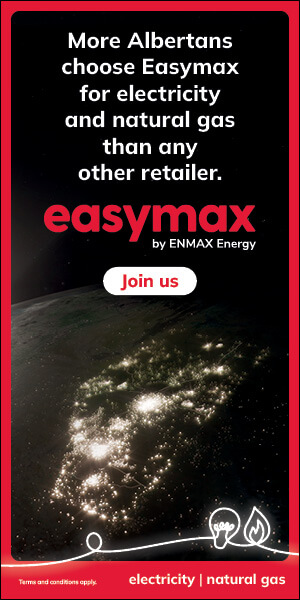Wine labels can be a source of confusion for the average boozer. The snooty old-world countries like France put the name of the village or wine region where the grapes were grown on the label, but the actual grape is often nowhere to be found on the label.
So, if you don’t know that left-bank Bordeaux wines are primarily Cabernet Sauvignon, while right-bank Bordeaux wines are primarily Merlot, the label on the bottle at your friendly neighbourhood booze merchant won’t be much help.
The new world wine regions like Australia and California don’t subscribe to that sort of nonsense. If the bottle contains Cabernet Sauvignon, that’s exactly what it will say on the label, maybe even with a cute little picture of a penguin or kangaroo to boot.
Luckily, your intrepid liquor reporter has a little hint that might make your life easier when trying to pick a wine from the shelf at your local bottle shop. The world’s most popular red grape is Cabernet Sauvignon, and pretty much everyone likes it, so any red wine you find will likely contain at least some portion of Cab Sauv.
Although wine has a history that dates back thousands of years, the Cabernet Sauvignon grape is a relative newcomer, invented in the 17th century by French viticuluralists who crossed Cabernet Franc with Sauvignon Blanc, resulting in the now-famous Cabernet Sauvignon grape varietal.
The thick skin of the Cab Sauv grape makes it resistant to disease, and tolerant of weather extremes that can kill off lesser grapes.
While the hardiness of the grape lets Cab Sauv grow in most of the wine-growing countries of the world, the two places it has produced truly outstanding wines are the Bordeaux region of France and the Napa Valley in California.
Bordeaux is a bit cooler than the Napa Valley, and has mostly gravel and limestone soils, which are less fertile than the soils in California.
However, more fertile soil is not necessarily a good thing, as grapevines tend to produce more complex grapes in poor soil conditions.
The added heat of the California sun makes the Cab Sauv grown there more fruit-forward, which contributes to the juicy and lush flavours that California Cabernet is so well known for.
In addition to the unique soil and climate or each region, Bordeaux and Napa Valley wines exhibit marked differences due to aging.
Unsurprisingly, Bordeaux wines are usually aged in French Oak barrels, while Napa Valley wines are usually aged in American Oak barrels.
French Oak has a much tighter grain, which results in more subtle flavours and silkier tannins. Amerian Oak has a rougher grain, which corresponds to greater surface area in contact with the wine, which results in more vanillin compounds being extracted from the oak.
The different oak species result in the wines developing differently in Bordeaux and Napa, with the highest-priced wines sitting in oak for several years before bottling.
While there is still much variation, a broad rule of thumb is that Cab Sauv from Bordeaux will be more subtle and complex, while the same wine from Napa will be more lush and flavourful. Neither is inherently better than the other, so try them both to see which you prefer.
Regardless of your favourite wine region, expect your bottle of Cab Sauv to have plenty of blackberry and cherry flavours, balanced by hints of licorice, black pepper, and vanilla. Tannins will be firm and structured, making this a great wine to pair with grilled meats or strong cheese.
Lest you think that Canada’s wine industy is left out of this party, we still produce some awesome Cabernet Sauvignon, both in Ontario and BC.
Mission Hill, one of the largest winemakers in the Okanagan Valley, always has a few Cab Sauv blends on the market at various price points, and are widely available at booze merchants here in Alberta.
Looking east to the centre of the universe, one of the most popular Cabernet Sauvignon wines from Ontario comes from none other than old #99 himself. Yes gentle reader, the Wayne Gretsky Winery near Niagara-on-the-Lake puts out a very reliable Cab Sauv for under $20.
So, whatever your preference, you can surely find a Cab Sauv to match your taste and your pocketbook. Look for them at your local bootle shop or drinking establishment!








